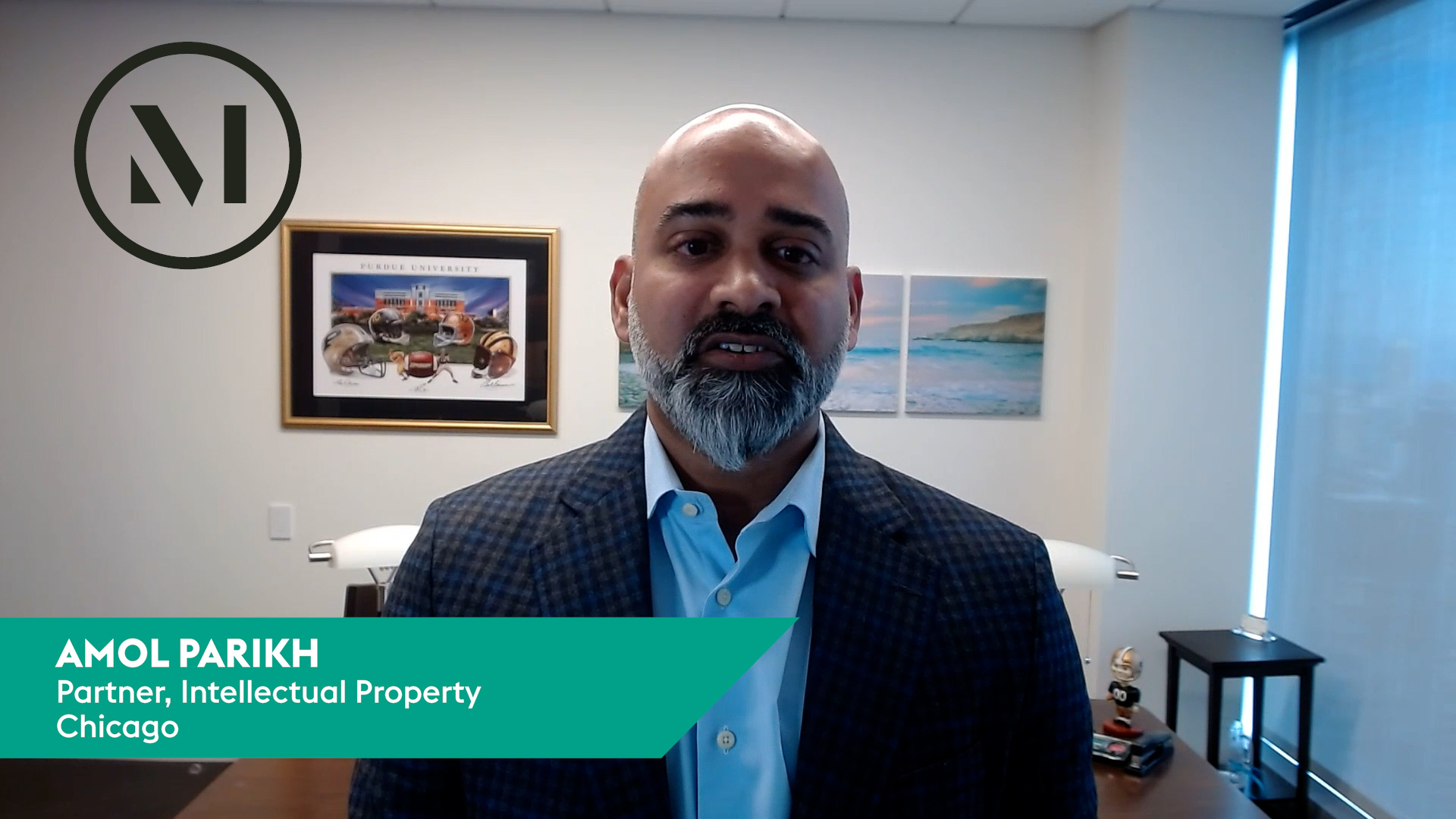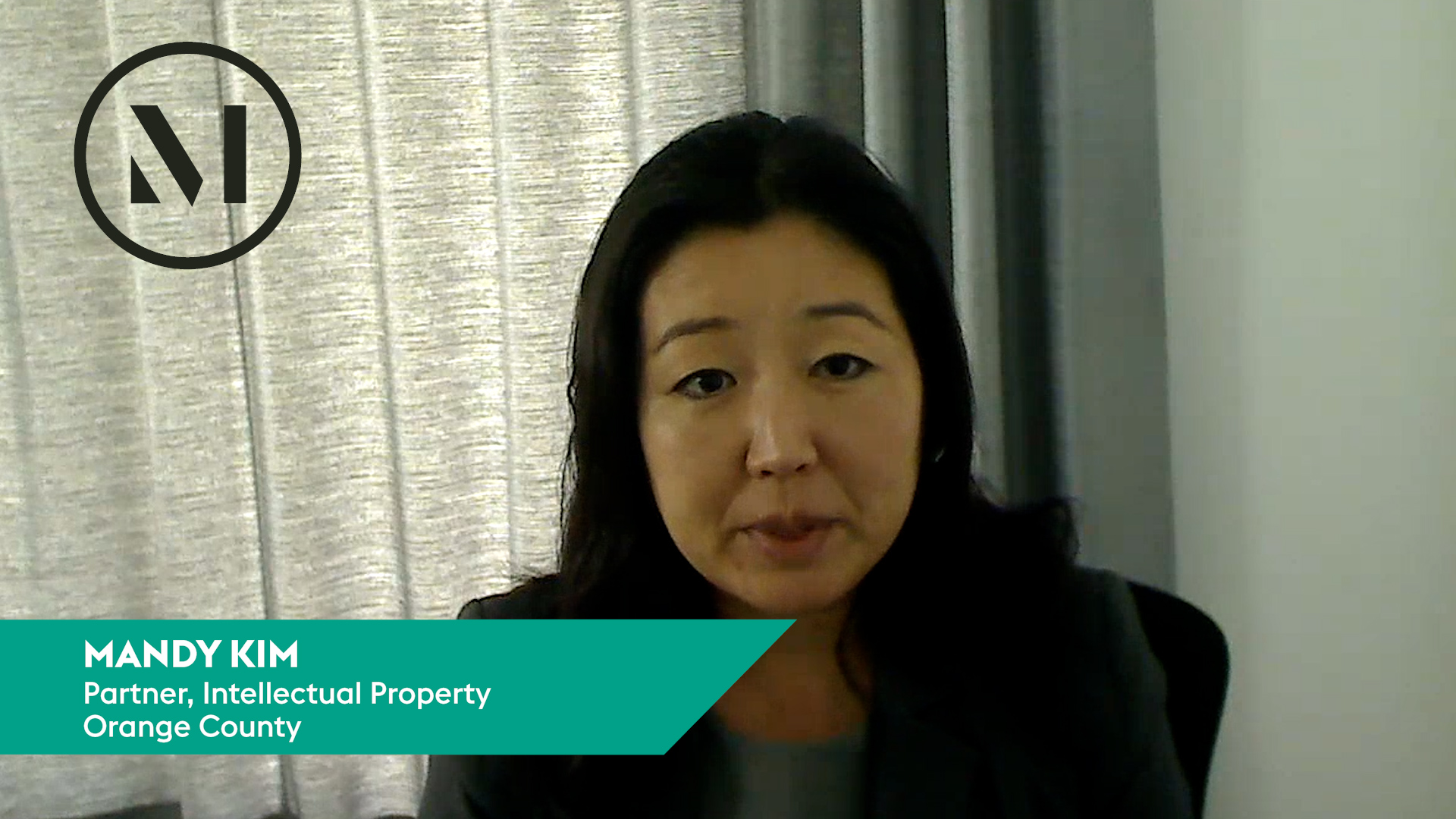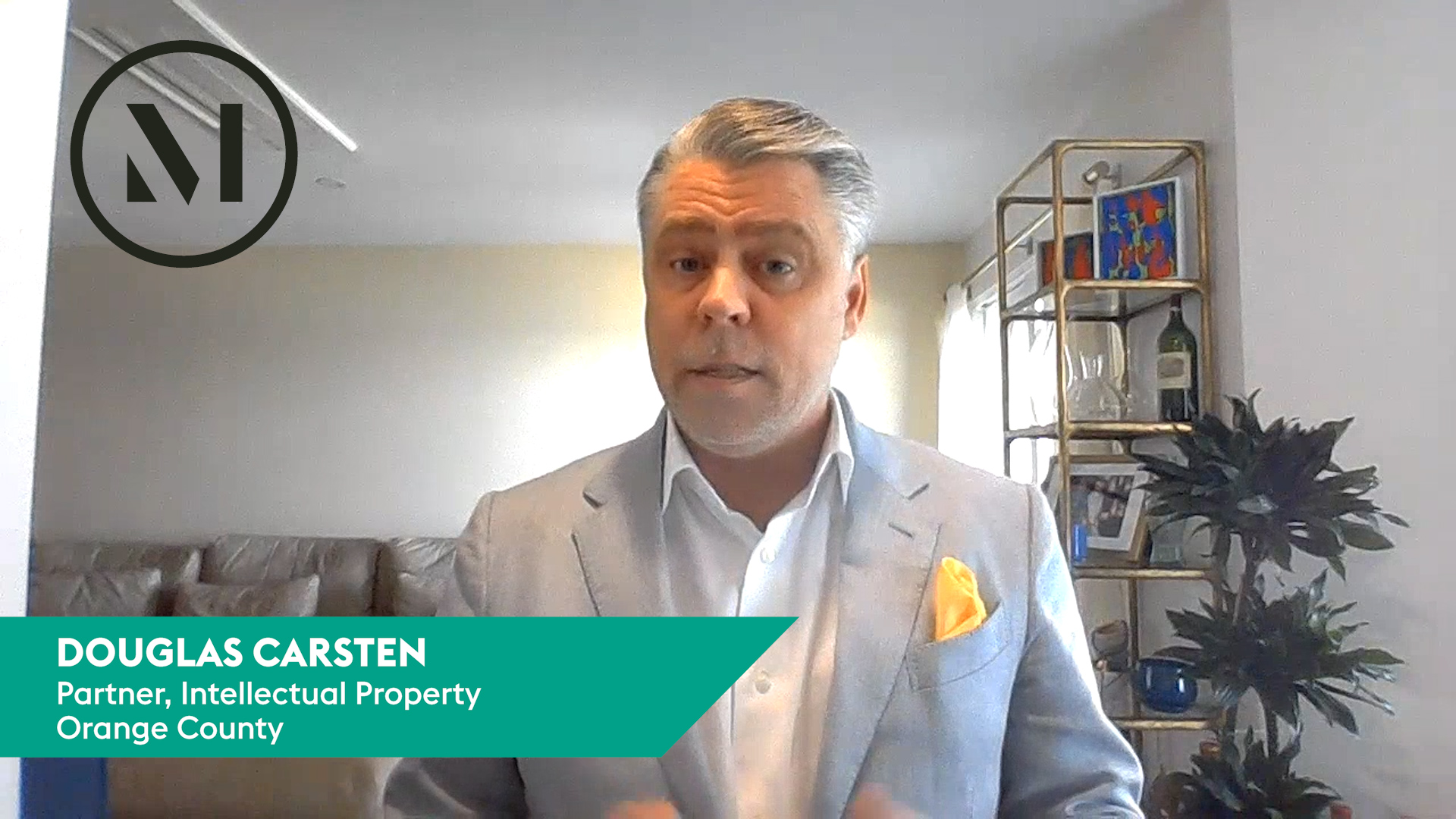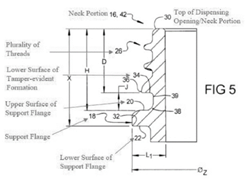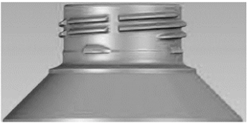In a patent case concerning cryptocurrency data mining, the US Court of Appeals for the Federal Circuit affirmed a district court’s grant of summary judgment and its ruling that a state law conversion claim was preempted by patent law of inventorship. The Court also affirmed the denial of a correction to the inventorship claim. BearBox LLC v. Lancium LLC, Case No. 23-1922 (Fed. Cir. Jan. 13, 2025) (Stoll, Chen, Bryson, JJ.)
BearBox was an entity founded by Austin Storms that developed and designed mobile cryptocurrency data centers. It operated a half-megawatt data center but was unprofitable as a consequence of the high cost of electricity and the data center’s high energy requirements. Lancium was an entity that aimed to co-locate data centers at wind farms to use the highly variable power generated for data mining but sell excess electricity to the grid when electricity cost was high. BearBox and Lancium met in 2019 at a cryptocurrency mining summit. At that time, BearBox was looking to find customers for its newly developed BearBox containers, and Lancium was in the market for those containers. Both BearBox and Lancium had developed similar software to detect profitable time periods for cryptocurrency mining. Their systems aimed to mine cryptocurrency during periods when electricity prices were low, while selling the energy to the grid when prices were high. Lancium disclosed these concepts in an international patent application filed 15 months before Storms met anyone at Lancium.
BearBox’s system was discussed over dinner at the summit and in a single email exchange afterwards. However, BearBox never disclosed any source code associated with the BearBox system to Lancium. The email exchange was the last communication between the two parties. About five months after the meeting, Lancium filed a patent application that related to a set of computing systems configured to perform computational operations using electricity from a power grid and to a control system that monitored a set of conditions and received power option data based at least in part on a power option algorithm. After that application matured into a patent, BearBox filed suit asserting sole or joint inventorship of the patent and conversion under Louisiana state law.
Lancium moved for summary judgment on the conversion claim. The district court granted the motion, noting that federal patent law preempted the claim. However, the district court denied Lancium’s motion for summary judgment on the inventorship claims – claims that were then heard at a bench trial. At trial, the district court concluded that BearBox failed to prove by clear and convincing evidence that BearBox’s founder, Storms, conceived any part of the claimed invention. BearBox appealed.
The Federal Circuit began by assessing the ruling on preemption of BearBox’s conversion claim. Relying on its 2005 decision in Ultra-Precision Mfg. v. Ford Motor, the Court noted that although the state law of conversion does not squarely implicate federal patent law, the way a conversion claim is pled may “[stand] as an obstacle to the accomplishment and execution of the full purposes [...]
Continue Reading
read more

 Subscribe
Subscribe